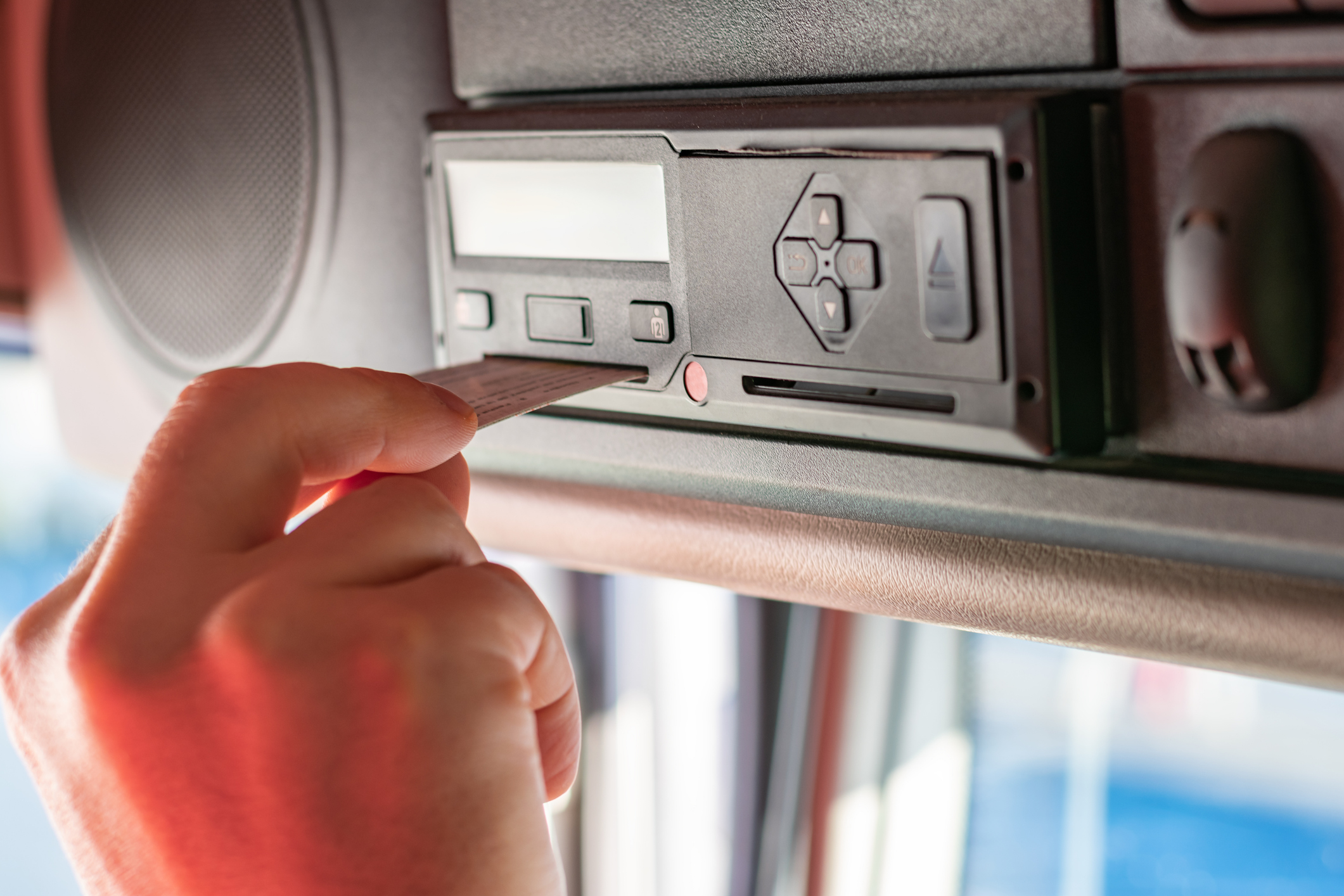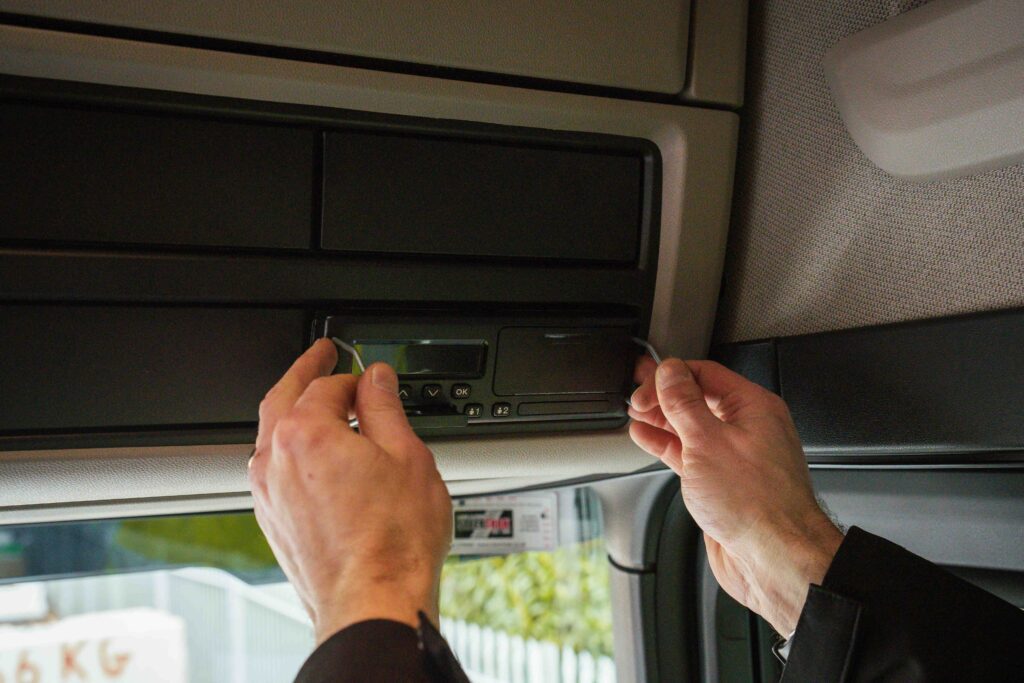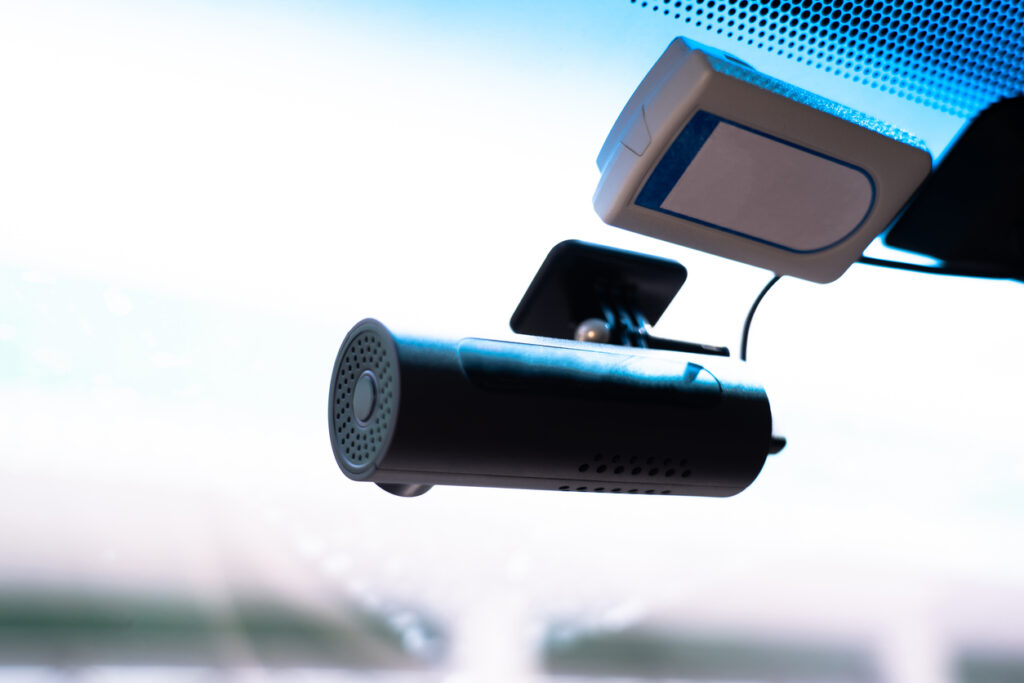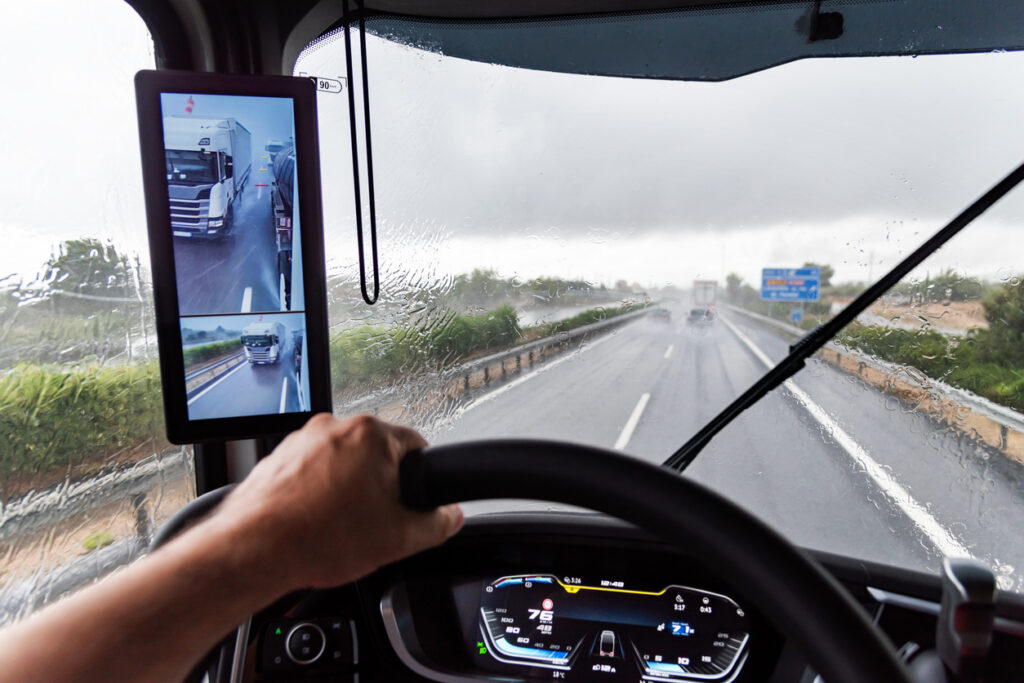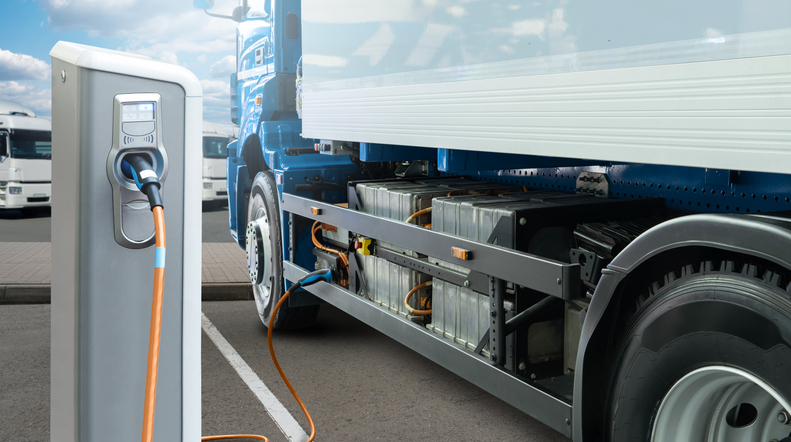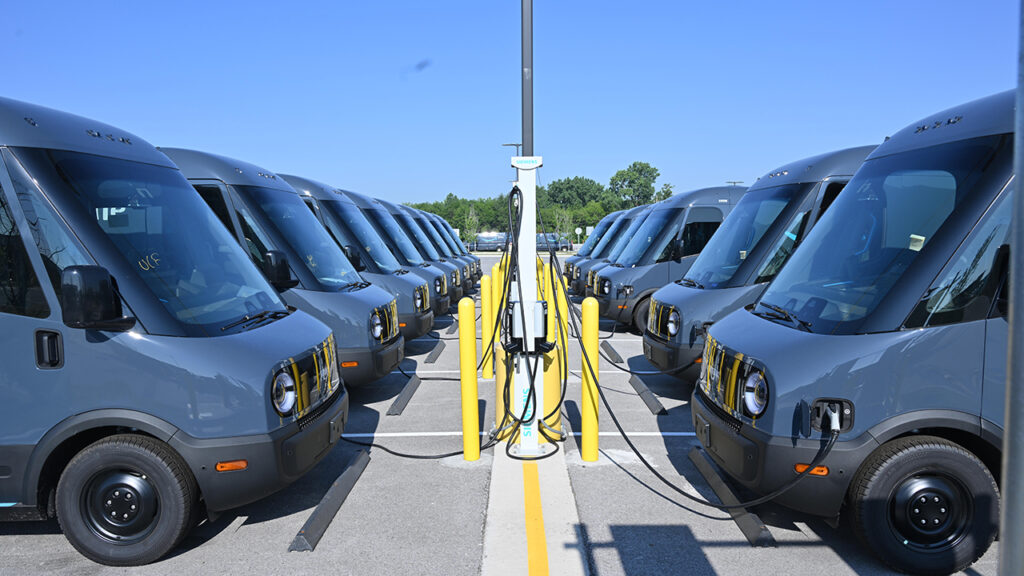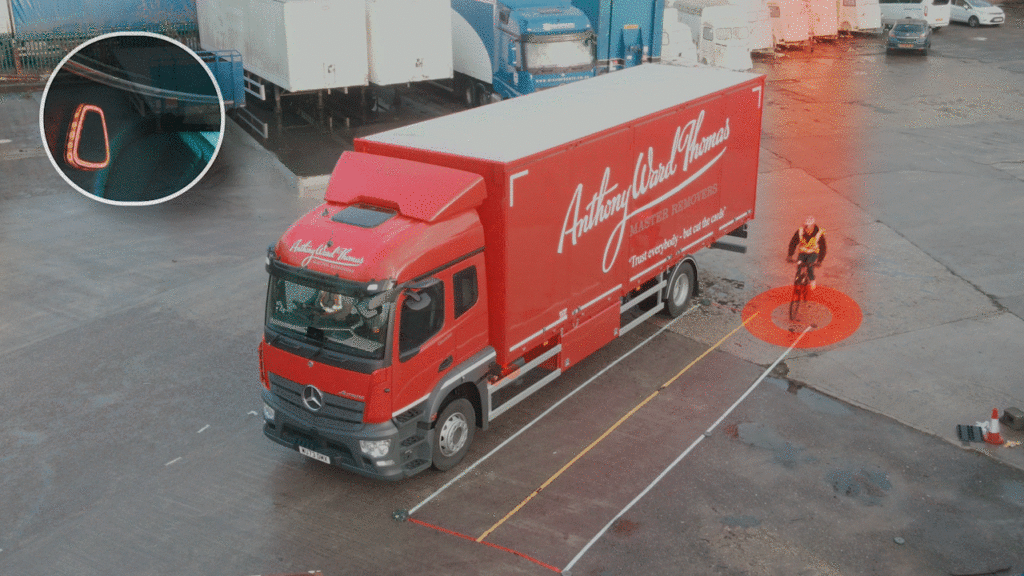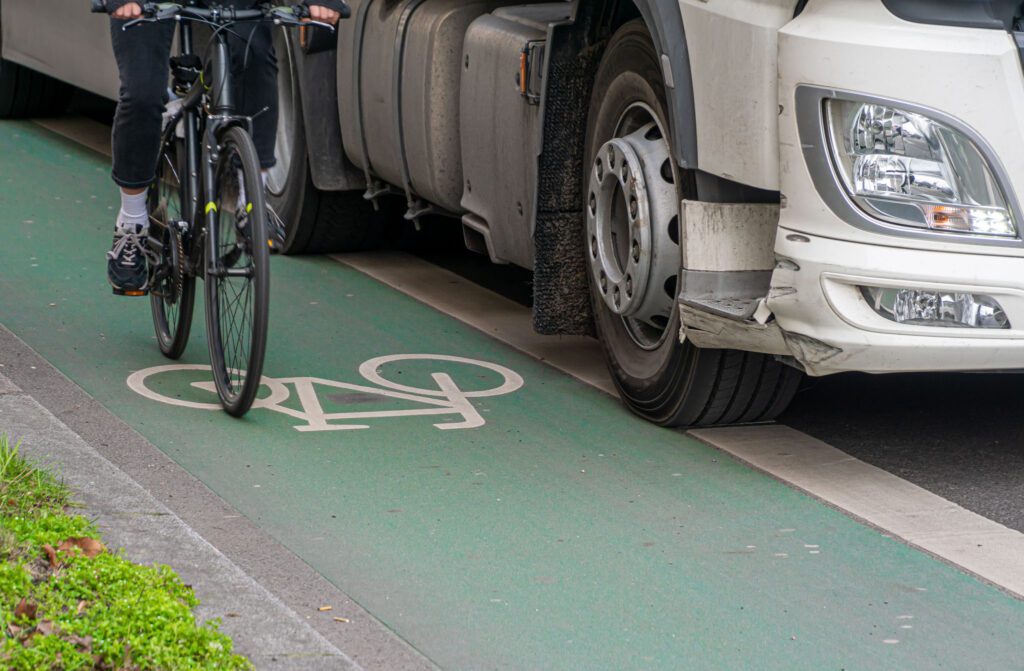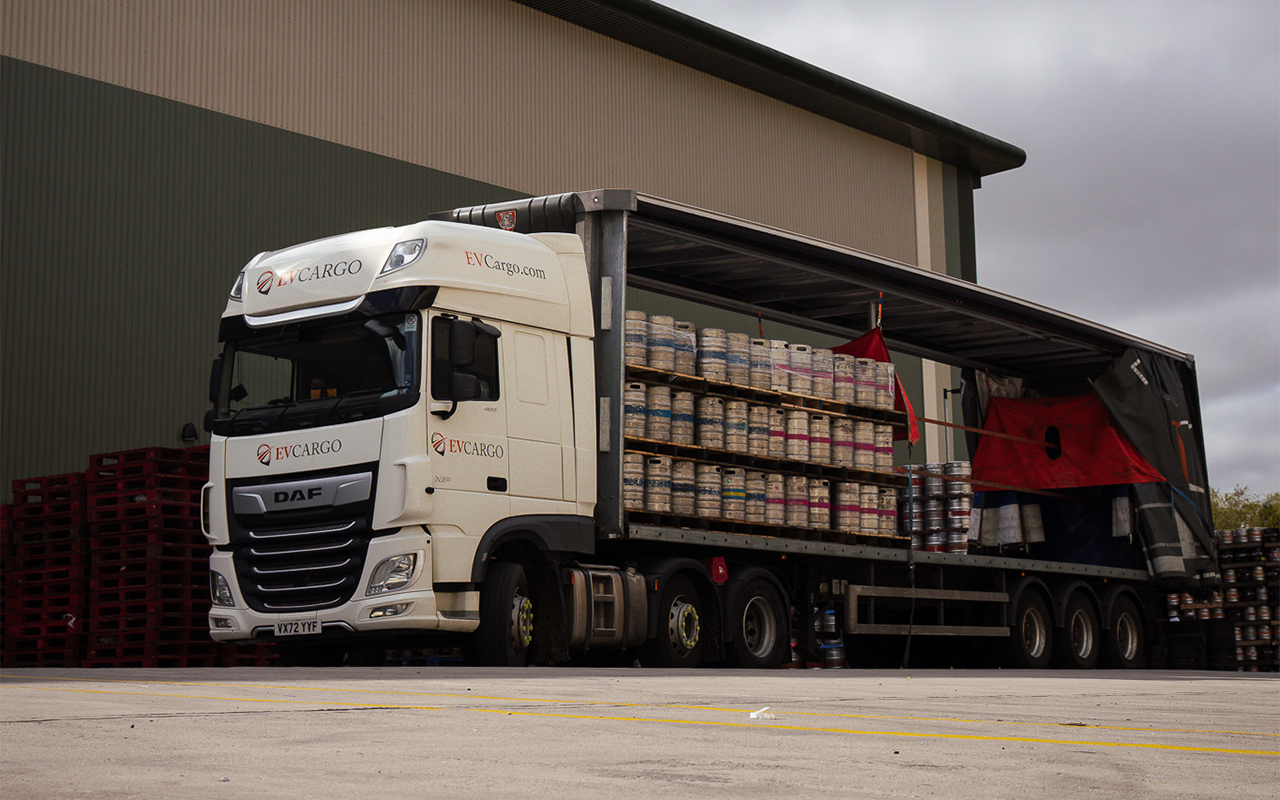Cargo And Vehicle Theft Is Increasing
🏆 Fleet Witness: Your Partner in Security
Picture this: there’s a thief with a crowbar eyeing your lorry like it’s a giant piñata stuffed with goodies.
Cargo and vehicle theft may be on the rise (with fleets losing millions annually) but so is our resolve to stop it. At Fleet Witness, we’re more than a vendor—we’re a specialist partner dedicated to keeping your fleet safe, secure, and profitable. Our mission? To arm your fleet with cutting-edge tools that stop theft in its tracks and keep your cargo secure.
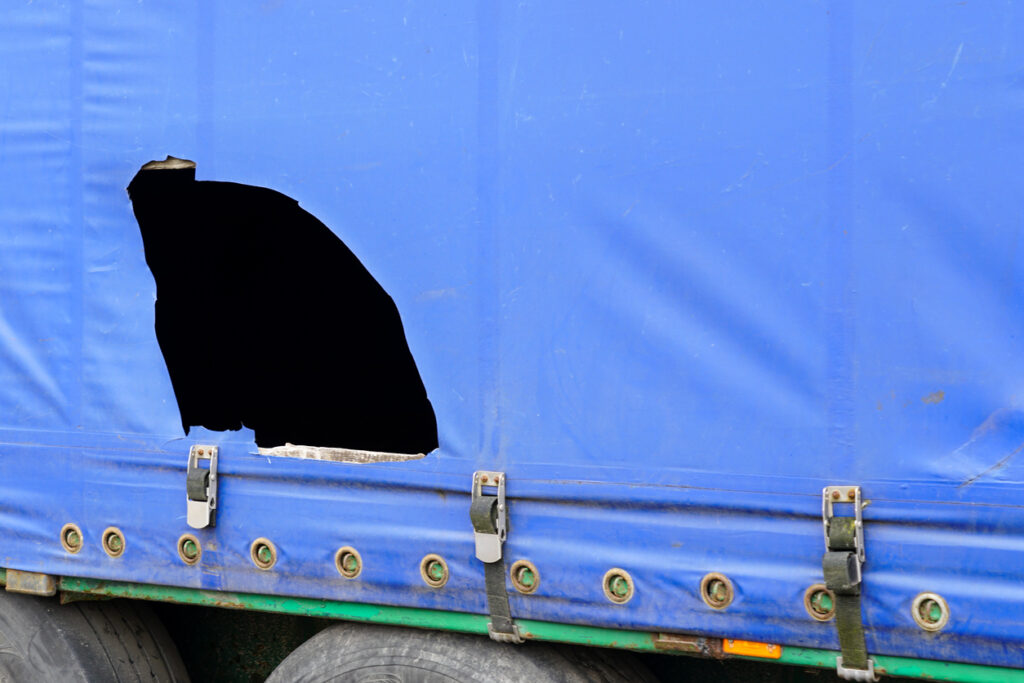
🚀 Key Solutions to Lock Down Your Fleet
Fleet Witness doesn’t just help you track emissions—it helps you kick bad habits in to touch. Here’s how:
✅ Hi- Tech Cameras
High-quality footage captures every detail, providing ironclad evidence for incident investigations—think accidents, theft attempts, or cargo damage. This isn’t just about protection; it’s about savings. Clear video proof can lower insurance costs and resolve disputes fast. Plus, our systems integrate seamlessly, outpacing competitors with clunky setups or limited functionality.
✅ Geofencing Alerts & Live Tracking for Instant Security
With Fleet Witness, you’re always one step ahead of thieves. Our advanced geofencing technology sends real-time alerts the moment a vehicle strays from its designated route or zone. Paired with live tracking, you’ll know exactly where your assets are at all times. Suspicious activity? You’ll catch it as it happens—not after the damage is done.
✅ Remote Vehicle Immobilisation for Stolen Assets
What happens if a vehicle is stolen? We’ve got you covered. Our remote immobilisation feature lets you disable a stolen vehicle from anywhere, rendering it useless to thieves and protecting your cargo. Cargo stays put, and you get to play hero. It’s a powerful deterrent—and a game-changer for recovery.
✅ Tailored Solutions for Diverse Commercial Vehicles
Unlike one-size-fits-all systems, Fleet Witness specialises in fleet-specific camera and security solutions. From articulated lorries to forklifts, we design systems that fit your vehicles and your needs. Our high degree of customisation ensures every nook and cranny of your operation is covered—without compromise.
💡 Why Choose Fleet Witness?
We’re more than a vendor—we’re a specialist partner dedicated to keeping your fleet safe, secure, and profitable. Fleet Witness isn’t just about fancy tech—we’re the quirky mate who’s got your back, keeping your fleet safe and your profits plump. With bespoke camera systems, real-time tech, and a focus on affordability, we’re setting the standard for fleet security in 2025 and beyond.
Ready to lock down your fleet? Contact Fleet Witness today and discover how our tailored solutions can protect what matters most.
Want To Learn More?
If you aspire to enhance your fleet operations, just like Verran Freight, take the first step today. Give us a call or drop us an email, and together we can explore how our solutions can transform your business. Don’t miss out on the opportunity to optimise your fleet’s performance and maximise your success.
Contact us now and unlock a new era of efficiency and profitability for your company.





